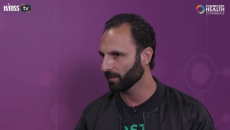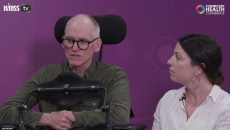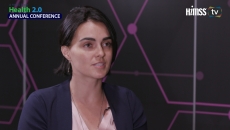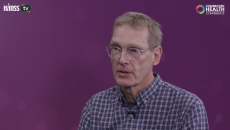Patient Engagement
Employee engagement is a vital part in determining the success of a company's wellness program, and there are four trends to look for next year.
Ardy Arianpour, founder and CEO of Seqster, says his company's technology gives its customers the ability to share their health information on their terms.
Not only is FHIR a standard for exchanging healthcare data, but it is also a community of people who aims to create a "public treasure" that we all own, says Grahame Grieve, FHIR product director for HL7 International.
Almost 70% of Americans are also looking to elected officials to bring down costs, saying providing affordable care should be a political issue.
Because Philips Chief Nursing Officer Cindy Gaines toes the line between caregiver and technologist, she has a unique view on value-based care, patient experience and population health.
Advocacy issues include AI, autonomous vehicles and other tech for those in wheelchairs who are feeling like second-class citizens, claim Shannon Aquino, vice president of development, and staffer Chris Hoeh at the United Spinal Association.
At the heart of a new partnership between HIMSS and Healthcare UK is the building of bridges to share expertise around innovation in the NHS, says Rahul Agarwal, assistant director of healthcare at the Department for International Trade in the UK.
Kristi Ebong, SVP and GM at Orbita, discusses using conversational AI to dynamically respond to and serve patients across the tech literacy spectrum.
D and F graded hospitals carry nearly twice the risk of mortality of A-graded hospitals, with over 50,000 lives at stake, according to Leapfrog analysis.
Oncology treatment needs to become more personalized, says Bradford Power, founder of Reengineering Cancer Treatment and an author focused on process improvement.






